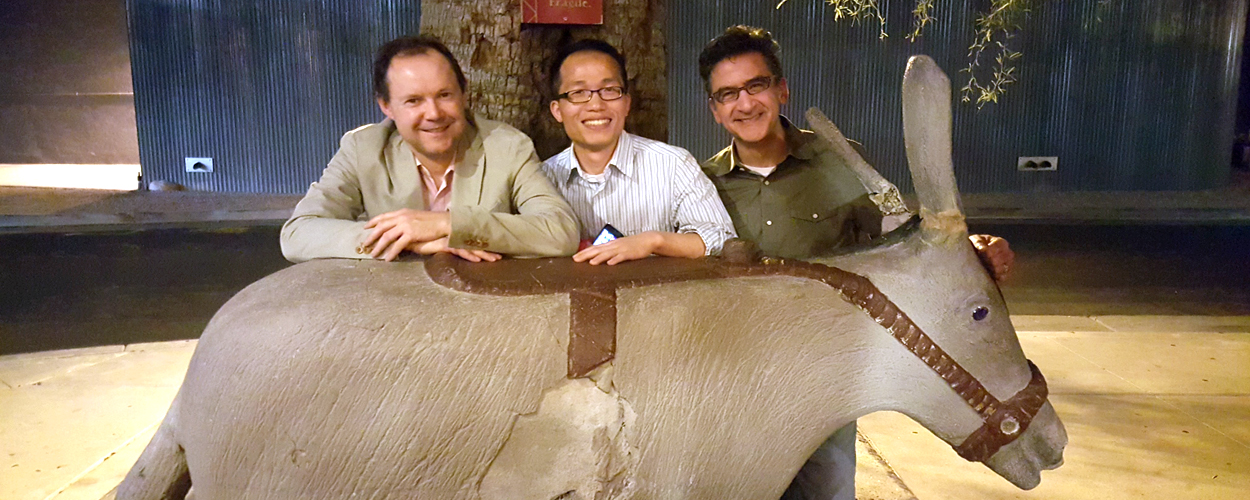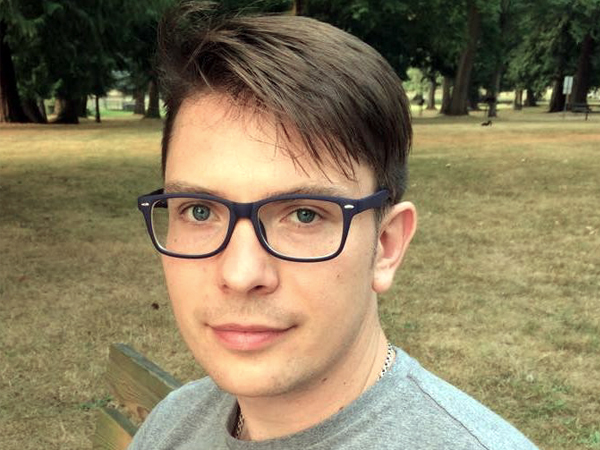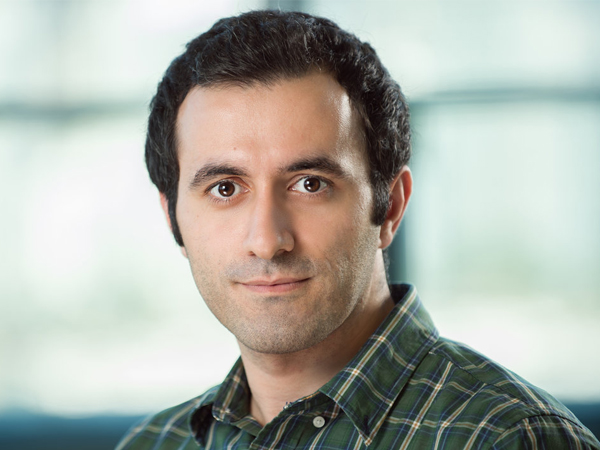Small Cell Carcinoma of the Ovary, Hypercalcemic Type (SCCOHT) Retreat in Vancouver
Small cell carcinoma of the ovary, hypercalcemic type (SCCOHT), is a rare and deadly cancer of young women and children. In order to bring hopes to defeat this disease, Dr. David Huntsman’s team have been working closely with Dr. Jeffrey Trent at the Translational Genomics Research Institute (TGen) and Dr. Bernard Weissman at the University of North Carolina through a joint research grant from the National Institutes of Health since 2014. They have discovered that the majority of SCCOHT is characterized by simultaneous inactivation of SMARCA4 and SMARCA2, two mutually exclusive ATPases of the SWI/SNF chromatin remodeling complex, through genetic and epigenetic mechanisms respectively, which have been adopted as definitive diagnostic markers for the diagnosis of SCCOHT. This work, published in the Journal of Pathology in 2016 (Karnezis, Wang and Ramos, et al), has been awarded the 2017 Jeremy Jass Prize for Research Excellence in Pathology by the Editorial Team of the Journal (see below).
On October 26 and 27, these three research groups held their bi-yearly team grant retreat in Vancouver to provide updates on the latest findings in their research. They have recently discovered that loss of SMARCA4/SMARCA2 caused an addiction of SCCOHT cells to the enzymatic activity of a protein called EZH2, the catalytic subunit of polycomb repressive complex 2 (PRC2), a different chromatin remodeling complex. This work has been just published in the Journal of Pathology (Wang et al). Based on this discovery and a similar independent discovery by Epizyme Pharmaceutics (Chan-Penebre et al. 2017), clinical trials are now underway to evaluate the efficacy of EZH2 inhibitors in SCCOHT patients. In addition, our collaborative team has found that an FDA-approved multi-kinase inhibitor, called ponatinib, is effective in various pre-clinical models of SCCOHT (Lang and Hendricks et al, manuscript in revision), which could represent another potential treatment opportunity for patients.
In addition to the studies on SCCOHT, the three groups are also studying how mutations in other components of the SWI/SNF chromatin remodeling complex lead to the development of other malignancies, such as rhabdoid tumors, ovarian clear cell carcinoma, de-differentiated endometrial carcinoma and chordoma. These proposed activities will likely involve more scientists from our department, such as Drs. Cheng-Han Lee and Stephen Yip.
Jeremy Jass Prize for Research Excellence
Each year, the Journal of Pathology awards the Jeremy Jass Prize for Research Excellence in Pathology to the authors of the paper published in the preceding year that is considered best by the Editorial Team of the Journal. The prize is awarded in memory of the late Jeremy Jass, a renowned scientist and pathologist, who just before his sad and untimely death had become an Associate Editor of the Journal. For 2016, the prize has been awarded to UBC Department of Pathology members (in bold):
Anthony N Karnezis †, Yemin Wang †, Pilar Ramos †, William PD Hendricks, Esther Oliva, Emanuela D’Angelo, Jaime Prat, Marisa R Nucci, Torsten O Nielsen, Christine Chow, Samuel Leung, Friedrich Kommoss, Stefan Kommoss, Annacarolina Silva, Brigitte M Ronnett, Joseph T Rabban, David D Bowtell, Bernard E Weissman, Jeffrey M Trent, C Blake Gilks* and David G Huntsman*. Dual loss of the SWI/SNF complex ATPases SMARCA4/BRG1 and SMARCA2/BRM is highly sensitive and specific for small cell carcinoma of the ovary, hypercalcaemic type. J Pathol 2016; 238: 389–400.
† These three authors contributed equally, * Co-corresponding authors
A medal for the first authors and certificates for all the authors, and we hope kudos for all involved. An announcement of the winner of the prize will be published in the January 2018 issue of the Journal of Pathology. The award of the prize will be presented to Drs. Karnezis, Wang and Ramos (first co-authors of the paper) in-person at the Winter meeting of the Pathological Society of Great Britain and Ireland to be held in London on January 25, 2018.












